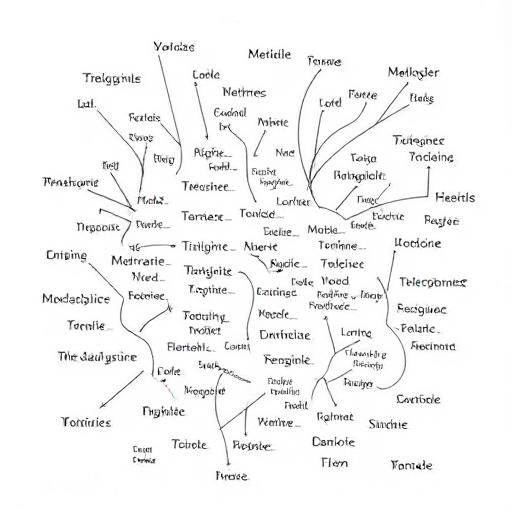Translation Memory (TM) helps save money in translation projects by improving efficiency and reducing the need for repetitive work. Here’s how it works:
Streamlining Updates
How it works: For documents that are frequently updated, TM can identify and translate only the new or modified text.
Savings: Avoids re-translating unchanged content, cutting costs significantly.
Example of Cost Efficiency
Imagine translating a user manual:
Without TM: Translating 50,000 words from scratch.
With TM: 20,000 words are repeated or similar (50% matches), saving effort and cost on those segments.
Conclusion
Using TM is an investment that pays off through reduced translation costs, improved efficiency, and better quality, making it a cornerstone for cost-effective language services.
Reusing Translated Content
How it works: TM stores previously translated sentences, phrases, or text segments and matches them with new content needing translation.
Savings: If the new content contains repeated or similar text, translators can reuse existing translations, saving time and reducing costs.
Discounts for Matches
Full Matches: Content that is identical to stored translations requires minimal effort, leading to lower costs.
Partial Matches (Fuzzy Matches): Similar but not identical text segments may only require minor edits, which are cheaper than translating from scratch.
Example: Translators may charge less for 100% matches or fuzzy matches compared to completely new translations.
Reduced Turnaround Time
How it works: By leveraging existing translations, TM speeds up the translation process.
Savings: Faster turnaround reduces billable hours and project timelines, leading to cost savings.
Consistency
How it works: TM ensures consistent terminology and style across documents, reducing errors and the need for expensive revisions or rework.
Savings: Eliminates costs associated with correcting inconsistencies in large or long-term projects.
Scalability for Large Projects
How it works: For projects involving large volumes of content or ongoing updates, TM can drastically reduce costs by continuously building a database of reusable translations.
Savings: The more content reused, the more savings accrue over time.

No responses yet